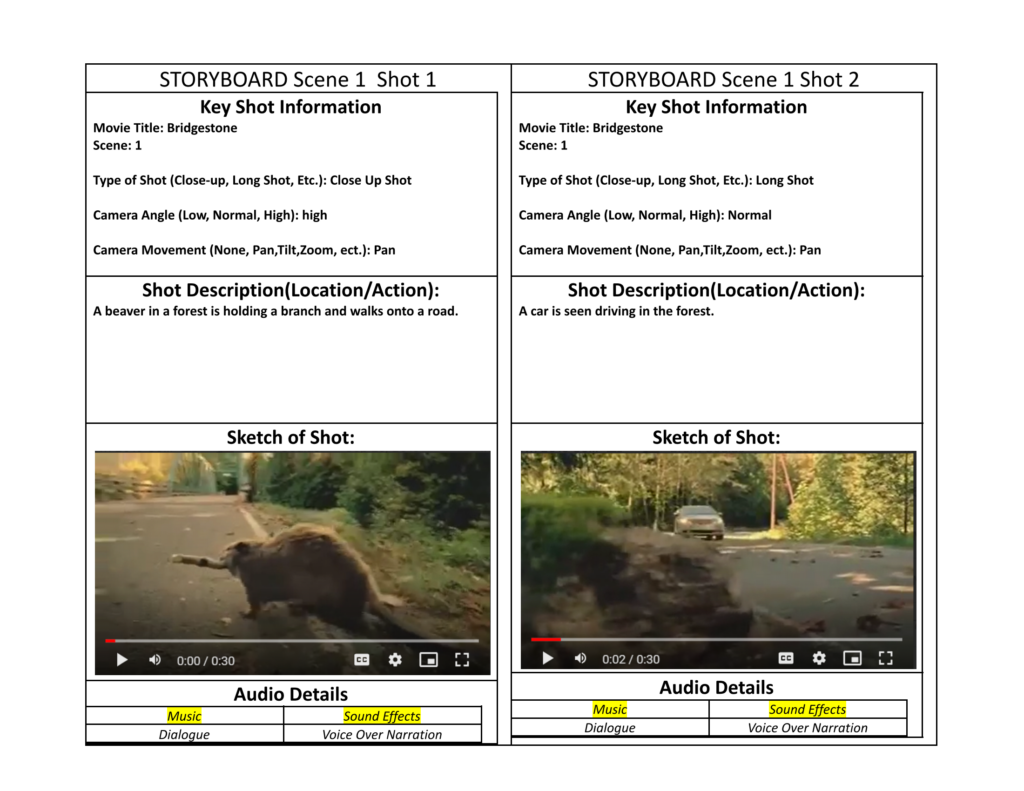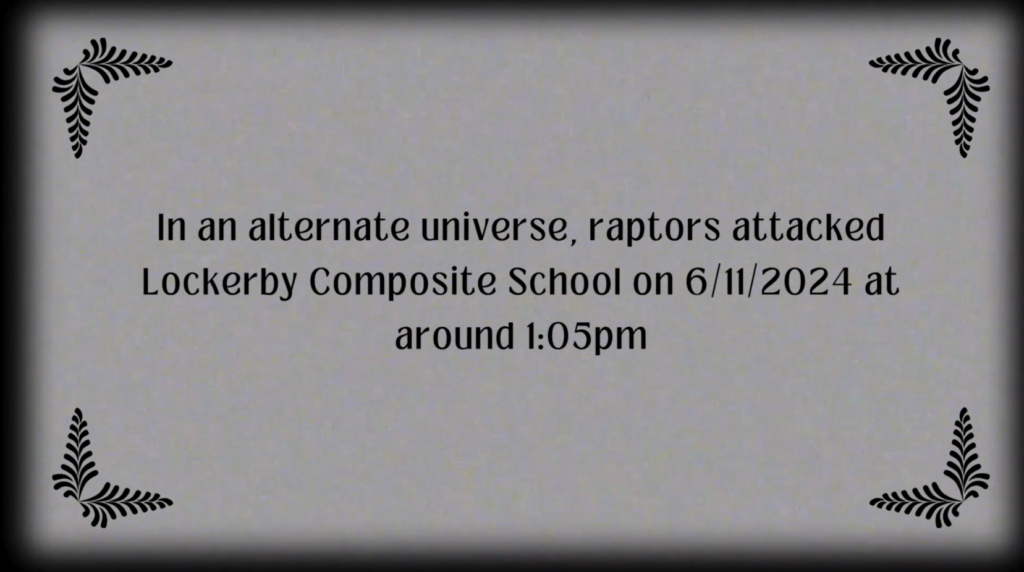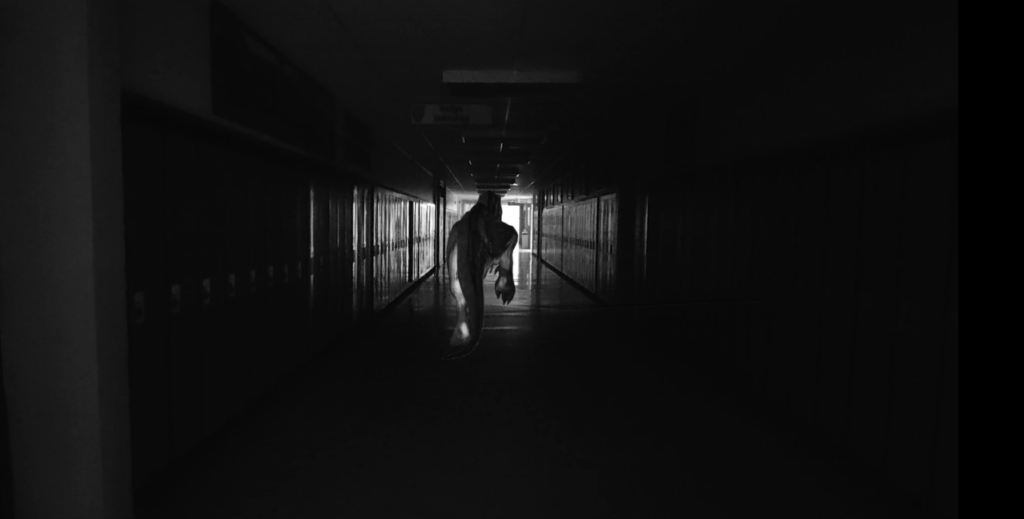Overview of the Unit
In this unit, we explored various aspects of video design, including shooting with a video camera, storyboarding, planning and shooting a short video, and editing the final product. The goal was to understand the fundamentals of video production and apply them to create a compelling short film.
Key Activities:
- Types of Shots:
- Learned about different types of camera shots and their uses in video production, such as Extreme Long Shot (XLS), Long Shot (LS), Medium Shot (MS), Medium Close-Up (MCU), Close-Up (CU), and Extreme Close-Up (XCU).
- Storyboarding:
- Created a storyboard for a commercial, planning each shot, camera angle, and movement, and including sketches and audio details.
- Short Video – Group Planning and Shooting:
- Planned the scenes and shots for a short video about a school taken over by dinosaurs. Collaborated with team members to shoot the video according to the plan.
- Video – Editing and Rendering:
- Edited the video individually using editing software, adding titles, captions, transitions, and rights-free music. Rendered the final video in a format suitable for submission.
Samples




Design Process
- Learning Camera Shots:
- Practiced using different types of camera shots to enhance the storytelling in our video.
- Storyboarding:
- Created a detailed storyboard for our commercial, planning each scene and shot to ensure a smooth filming process.
- Group Planning:
- Worked with team members to plan the scenes for our short video, assigning roles and responsibilities for the shoot.
- Shooting the Video:
- Filmed the video according to our scene plan, ensuring we captured all necessary shots.
- Editing and Rendering:
- Edited the video individually, adding titles, captions, transitions, and music. Rendered the final video and prepared it for submission.
Key Elements of Video Design
- Types of Shots:
- Utilized various camera shots to tell the story effectively, including close-ups for emotional impact and long shots for setting the scene.
- Storyboarding:
- Detailed planning of each scene and shot, including camera angles, movements, and audio details, ensured a cohesive and well-structured video.
- Editing Techniques:
- Added titles, captions, and transitions to enhance the video. Used rights-free music to add to the atmosphere and emotion of the story.
- Team Collaboration:
- Worked closely with team members to plan and shoot the video, overcoming challenges and ensuring the project was completed successfully.
Takeaways
- Creative Freedom:
- The project allowed for creative freedom, requiring us to think critically and come up with innovative solutions to tell our story.
- Technical Skills:
- Gained valuable technical skills in using video cameras, storyboarding, and editing software, which are essential for video production.
- Collaboration and Communication:
- Learned the importance of effective collaboration and communication with team members to achieve a common goal.